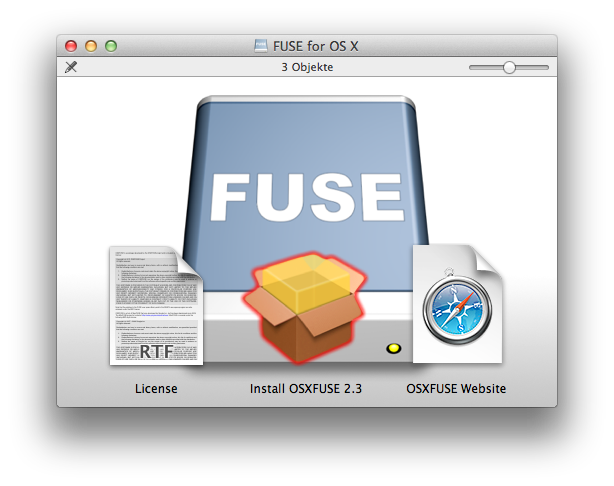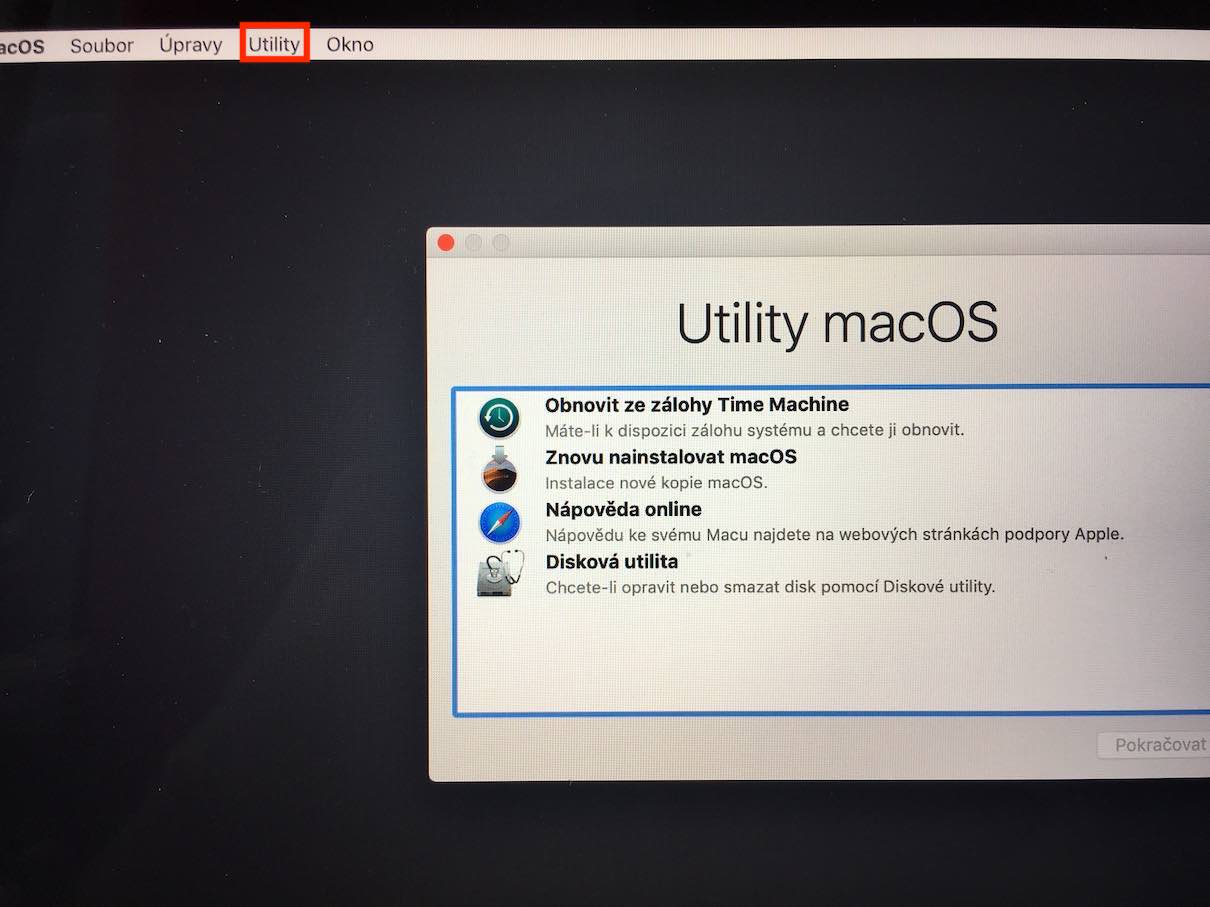

- #Osx ednable csrutil after openzfs install install#
- #Osx ednable csrutil after openzfs install update#
- #Osx ednable csrutil after openzfs install full#
The installation will eventually complete. If the installation reboots again into a black screen, repeat this process.
Select the SSD/HHD to boot from and it will continue the installation from where it left off. When this happens, you can force shutdown using the power button, power up the iMac again, and hold the “option” key after the chime to get the screen to the boot selection screen (this is the only way to get the screen to be displayed). This is due to macOS Catalina version 10.15.4 and later. Each time it reboots, the screen will remain black (not just through the boot process). During the OS installation process, it will reboot a couple of times. After the format is done, click “Reinstall macOS”. Select the drive you want Catalina installed on and erase/format it as APFS format. #Osx ednable csrutil after openzfs install update#
If there is a message that says “ A system firmware update is required on this machine in order to boot from APFS volumes” then macOS High Sierra would need to be installed first to update the system firmware, then return back to this step. Once booted into the USB thumb drive, click “Disk Utility”. Choose the USB thumb drive to boot (this may be the only boot option if the SDD/HHD is blank). Turn on the iMac and hold the “option” key down after the chime to initial the boot selection screen. Insert the USB thumb drive into the iMac. (macOS Catalina 10.15.6 was used in this write-up) Open macOS Catalina Patcher.dmg, and follow the instructions to create the installer onto the USB thumb drive. Using Disk Utility, format a USB thumb drive as OSX Extended Journaled (Mac OS Extended Journaled). The following instructions are for installing a new copy of Catalina on a blank hard drive. Ethernet cable can be disconnected as it is no longer needed.  Complete the iMac reassembly with SSD/HHD and display assembly installed. From another computer on the network, SSH into the iMac. Look for a device named “grml” in the router and make note of the IP. Once the iMac has boot the OS from the thumb drive (about 1 minute), an IP should be assigned by your router. Insert the USB thumb drive into the iMac and boot the system up. Connect an ethernet cable from the iMac to your network. Unzip 2011_imac_usb.zip into the USB thumb drive. Using Disk Utility, format a USB thumb drive as GUID Partition Table + FAT32 (MS-DOS FAT). SSD/HDD – Leave disconnected for ease of blind booting from USB. Display assembly – For troubleshooting and later SSD/HDD reconnection. Ram location is different from the 6970M, so the pads needed to be place next to the raised area of the heat sink.Īssemble the iMac except for the following: Add thermal pads on specific parts of the heat sink for the graphics card ram. Apply thermal paste on both sides of the shim.
Complete the iMac reassembly with SSD/HHD and display assembly installed. From another computer on the network, SSH into the iMac. Look for a device named “grml” in the router and make note of the IP. Once the iMac has boot the OS from the thumb drive (about 1 minute), an IP should be assigned by your router. Insert the USB thumb drive into the iMac and boot the system up. Connect an ethernet cable from the iMac to your network. Unzip 2011_imac_usb.zip into the USB thumb drive. Using Disk Utility, format a USB thumb drive as GUID Partition Table + FAT32 (MS-DOS FAT). SSD/HDD – Leave disconnected for ease of blind booting from USB. Display assembly – For troubleshooting and later SSD/HDD reconnection. Ram location is different from the 6970M, so the pads needed to be place next to the raised area of the heat sink.Īssemble the iMac except for the following: Add thermal pads on specific parts of the heat sink for the graphics card ram. Apply thermal paste on both sides of the shim. #Osx ednable csrutil after openzfs install full#
A 1mm copper shim is needed for full contact between the GPU die and the heat sink. Mating the K1100M card onto the heat sink I did not reuse the X bracket from the 6970M since there are tiny surface mounted components on the K1100M card where the bracket would lay on top.  Drill out a larger hole through the brass threaded nut, or have the nut pressed out entirely (I chose to press the nut out). Carefully pry the X bracket off from the K1100M (hair dryer or heat gun may help soften the glue). macOS High Sierra installer (if the iMac has never had this OS version or higher installed). Catalina intel sandybridge graphics.zip – by highvoltage12v. iMac OpenCore Loader.dmg – by Nick vB. macOS Catalina Patcher.dmg (1.4.4 was used with macOS Catalina 10.15.6) – by dosdude1. USB thumb drive (1 is enough, but 3 would be convenient). What works that is usually broken with these swaps: I am not responsible for any issues if you choose to take on this project. This process applies to my own system, which may or may not work exactly the same for other systems with different specs.Ĭredit to those in this thread over at MacRumors for making this project possible.ĭisclaimer: These are my personal steps on how I successfully did this swap. I decided to take on this project due to the infamous Apple AMD GPU failure so that I can continue getting life out of my iMac.
Drill out a larger hole through the brass threaded nut, or have the nut pressed out entirely (I chose to press the nut out). Carefully pry the X bracket off from the K1100M (hair dryer or heat gun may help soften the glue). macOS High Sierra installer (if the iMac has never had this OS version or higher installed). Catalina intel sandybridge graphics.zip – by highvoltage12v. iMac OpenCore Loader.dmg – by Nick vB. macOS Catalina Patcher.dmg (1.4.4 was used with macOS Catalina 10.15.6) – by dosdude1. USB thumb drive (1 is enough, but 3 would be convenient). What works that is usually broken with these swaps: I am not responsible for any issues if you choose to take on this project. This process applies to my own system, which may or may not work exactly the same for other systems with different specs.Ĭredit to those in this thread over at MacRumors for making this project possible.ĭisclaimer: These are my personal steps on how I successfully did this swap. I decided to take on this project due to the infamous Apple AMD GPU failure so that I can continue getting life out of my iMac. #Osx ednable csrutil after openzfs install install#
A step-by-step guide on how I successfully swap the graphics card to K1100M on my 2011 27″ iMac and install Catalina in this unsupported system.







 0 kommentar(er)
0 kommentar(er)
